Related Research Articles

Winesburg, Ohio is a 1919 short story cycle by the American author Sherwood Anderson. The work is structured around the life of protagonist George Willard, from the time he was a child to his growing independence and ultimate abandonment of Winesburg as a young man. It is set in the fictional town of Winesburg, Ohio, which is loosely based on Anderson's childhood memories of Clyde, Ohio.

Sherwood Anderson was an American novelist and short story writer, known for subjective and self-revealing works. Self-educated, he rose to become a successful copywriter and business owner in Cleveland and Elyria, Ohio. In 1912, Anderson had a nervous breakdown that led him to abandon his business and family to become a writer.
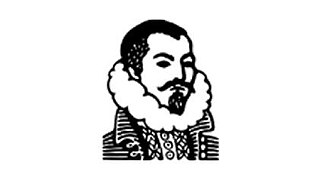
The Bodley Head is an English book publishing imprint of Penguin Random House. Founded in 1887 by John Lane and Elkin Mathews, The Bodley Head existed as an independent entity or as part of multiple consortia until it was acquired by Random House in 1987 alongside sister companies Jonathan Cape and Chatto & Windus. Random House used The Bodley Head as a children's book imprint until April 2008, when it was repositioned as an adult non-fiction imprint within the Vintage Books division.
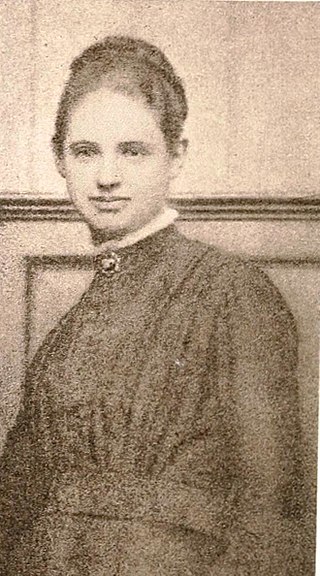
Mary Coleridge was a British novelist and poet who also wrote essays and reviews. She wrote poetry under the pseudonym Anodos. Other influences on her were Richard Watson Dixon and Christina Rossetti. Robert Bridges, the Poet Laureate, described her poems as 'wondrously beautiful… but mystical rather than enigmatical'.
Edward Harold Physick was an English writer, known chiefly as a critic and authority on John Milton; also, a poet and fantasy writer. He was credited as E. H. Visiak by 1909.

John Lane was a British publisher who co-founded The Bodley Head with Charles Elkin Mathews.

Margaret Caroline Anderson was the American founder, editor and publisher of the art and literary magazine The Little Review, which published a collection of modern American, English and Irish writers between 1914 and 1929. The periodical is most noted for introducing many prominent American and British writers of the 20th century, such as Ezra Pound and T. S. Eliot, in the United States and publishing the first thirteen chapters of James Joyce's then-unpublished novel Ulysses.

Sir Max Pemberton was a popular English novelist and publisher working mainly in the adventure and mystery genres.
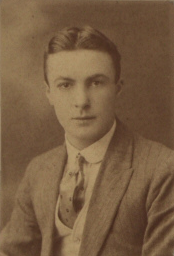
Edward Owen Rutter was an English historian, novelist and travel writer.
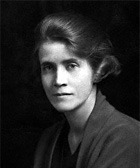
Stella Benson was an English feminist, novelist, poet, and travel writer. She was a recipient of the Benson Medal.
Bernard Edward Joseph Capes was an English author.

Guy Victor Baring was a British Army officer and politician. He became a Conservative member of the British House of Commons but was one of 22 Members killed in action in the First World War.
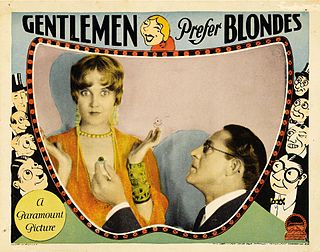
Gentlemen Prefer Blondes is a 1928 American silent comedy film directed by Mal St. Clair, co-written by Anita Loos based on her 1925 novel, and released by Paramount Pictures. No copies are known to exist, and it is now considered to be a lost film. The Broadway version Gentlemen Prefer Blondes starring Carol Channing as Lorelei Lee was mounted in 1949. It was remade into the film Gentlemen Prefer Blondes with Jane Russell as Dorothy Shaw and Marilyn Monroe as Lorelei Lee in 1953, directed by Howard Hawks.

Duncan Frederick Campbell was a Canadian-born British politician and soldier. He served as a Unionist Member of Parliament for North Ayrshire and died while fighting in World War I.
George Donald Valentine (1877–1946) was a Scottish sheriff, and writer of romantic-style short stories, plays and verse. He graduated from the University of Glasgow and was considered for Examinerships in Mathematics and Natural Philosophy at both Glasgow and St Andrews Universities.

The Wettest County in the World is a 2008 historical novel by Matt Bondurant, an American writer who features his grandfather Jack and grand-uncles Forrest and Howard as the main characters in the novel.
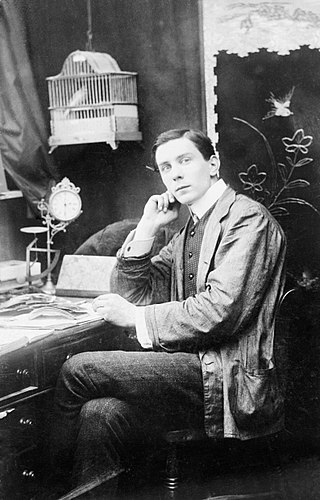
Geoffrey Herbert Malins was a British film director most famous for camera and editing work on the 1916 war film The Battle of the Somme, which combined documentary and propaganda, and reached an audience of over 20 million viewers.
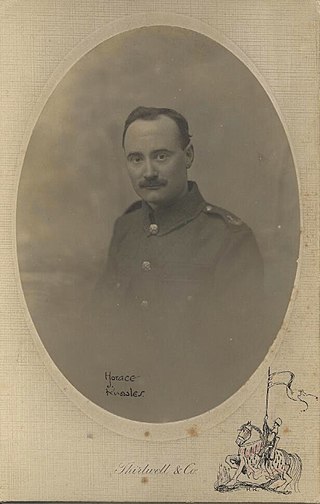
Horace John Knowles was an author and illustrator. He is remembered mostly for magical depictions of Fairyland in his magnum opus Peeps into Fairyland, as well as for his biblical illustrations. For his first two published books, Legends from Fairyland (1908) and Norse Fairy Tales (1910), he collaborated with his brother Reginald L. Knowles.
Margaret Leonora Eyles was an English novelist, feminist and memoirist. Captivity (1922) has been described by critics as "her strongest fictional expression of the chains that bind women, body and soul."
Eleanor Youmans was an American author of children's novels, short stories, and poetry. She published a dozen novels through the Bobbs-Merrill Company. Her short stories appeared in The American Magazine, Child Life, and Junior Home. The subjects of her stories were often cats, dogs, and children. She is also known for writing about her Welsh heritage and the Welsh Hills of Licking County, Ohio.
References
- ↑ "Sherwood Anderson (1876-1941). Alice and The Lost Novel. London: Elkin Mathews and Marrot, 1929". The Library of Virginia. Retrieved 20 April 2012.